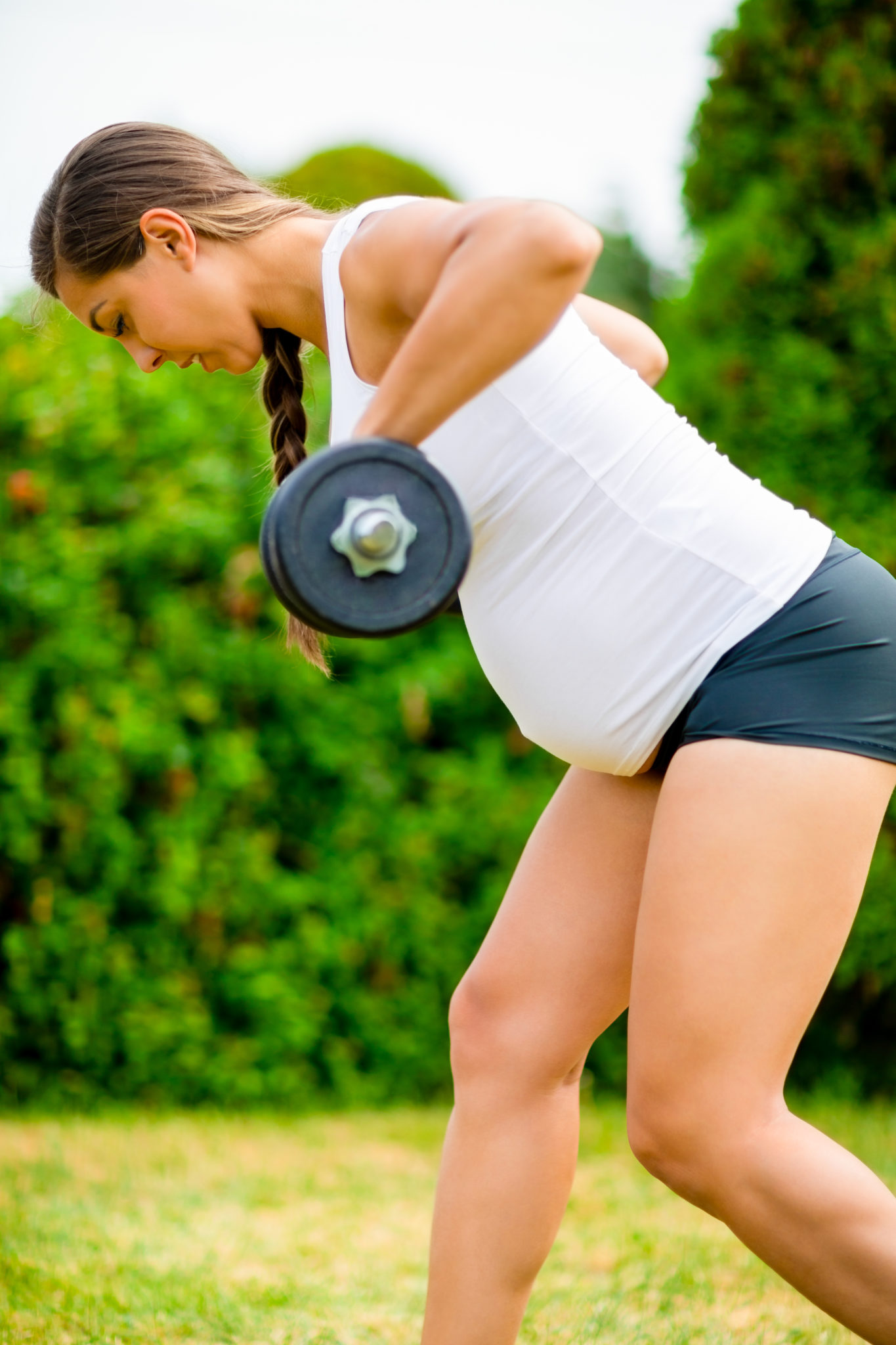What happens to your body during pregnancy?
There are many changes that occur in a woman’s body to make room for that very special bundle of joy. Although these changes are quite amazing, they can leave many women experiencing pain both throughout pregnancy and during the postpartum period.
Two common problems include low back pain (LBP) and pelvic girdle pain (PGP). Research has reported the prevalence for LBP and PGP as high as 65-70%.
In addition, 77% of women experienced back pain AFTER pregnancy which impacted their ability to perform their daily tasks. WOW, that’s a lot!
So, if you are a mommy-to-be or have a little one at home and are experiencing some pain, rest assured you are not alone. The good news is there are ways to help reduce strain in certain areas as you continue through your pregnancy and if these tips don’t help resolve the pain, a Physical Therapist can determine the treatment plan that can. To better understand how to help reduce strain it is important to understand some key points.
Key Anatomical Changes During Pregnancy
Hormones create more mobility: Ligaments are what provide extra support to our joints where the bones come together. Many of the pelvic ligaments loosen in order to progressively make room for the growing baby. As ligaments become more stretched, strain is put upon areas such as the sacro-iliac joint (back of pelvis) and the pubic symphysis joint (where the pubic bones come together)..
Abdominal muscles stretch and spread: The abdominal muscles are progressively stretching as pregnancy progresses. Sometimes, the abdominal muscles that run vertically down our abdomen can separate in response to that beautiful growing belly. In the third trimester, this can be present in about 66% of women. Separation can impair the body’s ability to transfer loads and thus put more stress onto areas such as the pelvis and low back.
Posture changes: At first a woman’s baby “bump” starts off barely noticeable and ever so slight, but as the belly keeps getting bigger and bigger, the center of mass is shifted forward. In order to prevent from tipping over, a woman will typically adapt by increasing the arch in the low back. This creates a change in forces on the spine and the work of the back muscles.
Feet flatten: During weeks 12-34 of pregnancy, the feet can gradually flatten. As one area in a body changes, you can bet that there will be a domino effect up the chain, and many other parts and regions will follow and respond. As feet flatten, the hips and knees rotate inward placing new strain upon the inside of the knees and again into the back side of the hips and pelvic region.
Rib cage widens: Did you know the rib cage also expands to create space? This new mobility and position can create irritation of the joints where the ribs insert into the spine.
To read more about what happens to your body during pregnancy, please continue reading Part 2.

